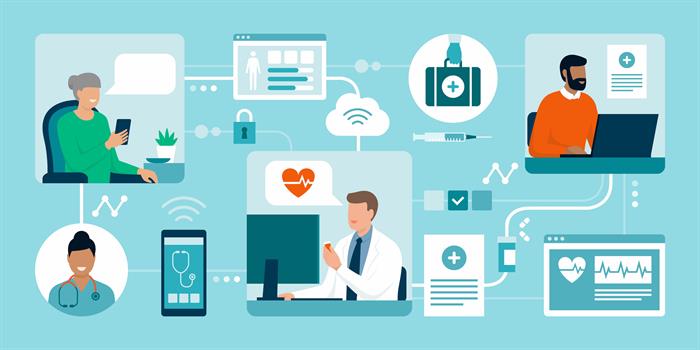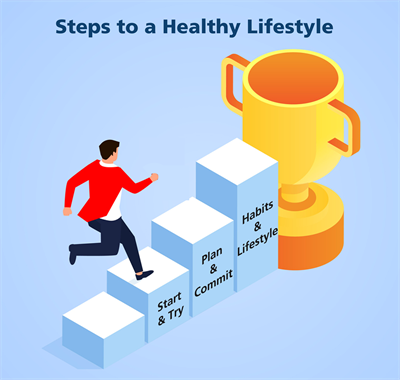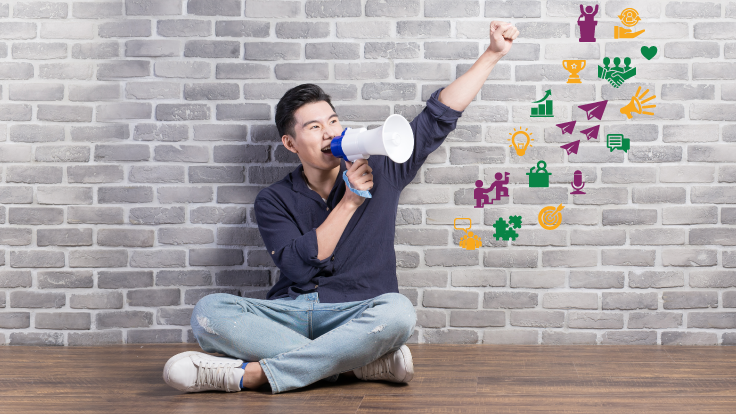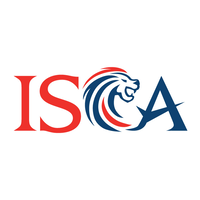
By Teo Ser Luck
Consumer medical lifecycle is shifting towards prevention, pre-prevention and lifestyle, instead of diagnosis and treatment. Technology applications impact areas such as nutrition, physical activity and mental wellness – playing a critical role in how well we live.
Every once in a while, technology changes the game. It rips up the rulebook, installs a roadblock on the established route and sends us off on an entirely different road. While this may be in the same direction, it is hopefully a new path free of roadblocks, bumps and traffic jams.
In the realm of healthcare, HealthTech is that new and exciting path and all the road signs point to a destination that sounds almost too good to be true.
HealthTech into lifestyle tech
HealthTech has brought healthcare services far closer to our fingertips. With the Covid-19 pandemic accelerating demand, public healthcare expenses are expected to reach US$740 billion (S$1.01 trillion) by 2025. The overall accessibility of HealthTech has become especially pertinent in these times of lockdown.Apps that facilitate medical consultations are experiencing strong growth. The lucrative nature of the industry has meant that traditional insurance firms such as AIA and Cigna now work together with service providers like Grab to increase accessibility and choice in meeting the rising demand for mobile and technology-enabled solutions.
This new level of healthcare access not only increases demand for its services but also changes perspectives. The focus is now beyond hospitals, diagnosis and treatment, and towards preventing illness by adopting habits that influence a healthy lifestyle.
Consumers are developing the habits they need to stay healthy. These might include learning to eat with purpose, maintaining an exercise routine with guidance and aspiring to greater levels of fitness and health with objectives. By maintaining their momentum and focusing on key enablers like sleep and recovery – and integrating these different habits with easily accessible data – a person’s overall physical and mental wellness is optimised.
HealthTech has lowered the barriers of entry to a healthy lifestyle through the accessibility of knowledge. Widespread access to apps and services now gives consumers practical health-based solutions that seamlessly integrate with their daily lives.
Having an overview of the journey and a plan to integrate daily habits (e.g. sleep patterns, nutrition and exercise), track progress and understand potential benefits is a key driver to healthy living. This promotes convenience and commitment (See image below, "Steps to a Healthy Lifestyle").

As perspectives shift towards a lifestyle embedded with good habits, HealthTech applications of the future will use artificial intelligence (AI) to intervene before the onset of a range of illnesses. This shifts the consumer medical lifecycle towards stages of prevention and pre-prevention, instead of diagnosis and treatment.
This shift creates a demand for solutions that lower the risk of contracting illness in the first place. And as consumers gain increased access to information and education, the adoption of a healthy lifestyle is within reach.
To facilitate a holistic, healthy lifestyle, attention must move away from medicines, doctors and hospitals, to more fundamental components of healthy living. Since the onset of the Covid-19 pandemic, more people have become aware that nutrition and lifestyle play a critical role in how long and how well we live.
An integrated approach begins with nutrition
Nutrition has a greater impact on our health than other daily habits. To be effective, nutritional goals have to be integrated with the other components of our lifestyle.There is an increased demand for foods that achieve and sustain optimal weight and body composition based on the best available science to promote health and well-being. This, in turn, reduces the risk of diet-related conditions and chronic disease. By changing our eating patterns and consistently making healthy food choices, we can help to reduce the risk of these chronic diseases.
The latest National Nutrition Survey shows that Singaporeans’ diet quality has improved, with local consumption of whole grains, fruits and vegetables rising, while substituting saturated fat with unsaturated fat. However, high sugar and sodium intake remain causes for concern. The next step is to address dietary needs, along with nutrition patterns, sleep, exercise and wellbeing within a wellness and lifestyle ecosystem. Blended perspectives on nutrition, fitness and mental health are key components in the quest for better lifestyle choices and the inculcation of good habits.
HealthTech thus becomes crucial in the convenient planning, adoption and tracking of these lifestyle habits, especially when consumers become more aware of the numerous aspects of a healthy lifestyle. Ultimately, the seamless transition to a life filled with healthy habits is only complete when the consumer recognises the relevance, meaning and enhancement to their lives.
Through the combination of access, AI and various mobile features, HealthTech has the potential to facilitate the purpose, outcome and review of these lifestyle goals. By embedding healthy habits from waking, through to sleep and beyond, technology is truly the great enabler for a healthier lifestyle which would benefit many of us.
ISCA Advisor Mr Teo Ser Luck is an entrepreneur who has started and invested five companies in the health-related and HealthTech sector. He serves on the boards of several companies. He was formerly a Minister of State for Trade and Industry, and Manpower.
This article first appeared in the Q4 2021 issue of the SID Directors Bulletin published by the Singapore Institute of Directors.

/infocomm/istock-1065240778-c.jpg?sfvrsn=50a9b558_2)
/audit-assurance/istock-1133945516-c.jpg?sfvrsn=d158128a_2)
/courses/istock-1222725146-c1.jpg?sfvrsn=339e8e96_2)
/leadership-personal-development/istock-1049824998-c.jpg?sfvrsn=3865afcc_12)

.jpg?sfvrsn=d4038e84_0)

/courses/istock-1140691163-c.jpg?sfvrsn=24ccc519_2)
/audit-assurance/istock-1169206203-c.jpg?sfvrsn=1d6f9b25_2)

/business-management-global-connection/istock-1167579720-c.jpg?sfvrsn=ff93f9a5_2)

/professionals/istock-845530100-c.jpg?sfvrsn=46efdedd_2)





/legal-secretarial/istock-866706340-c.jpg?sfvrsn=d7f57b8c_2)